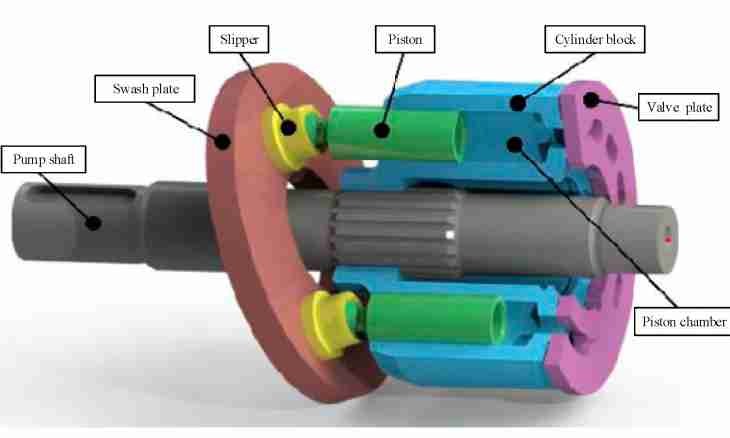The cylinder represents the body limited cylindrical to a surface with the bases in the form of a circle. This figure is formed by rotation of a rectangle round its pivot-center. Axial section - is the section passing through a cylindrical axis, it represents a rectangle with the parties equal to height of a cylinder and diameter of its basis.
Instruction
1. Statements of the problem when finding diagonal of axial section of a cylinder can be different. Attentively study the text of a task, note the known data.
2. Radius of the basis and height of a tsilindrayesla in your task are known such indicators as radius of a cylinder and its height, proceeding from it, find diagonal. As axial section is a rectangle with the parties which are equal to height of a cylinder and diameter of the basis, section diagonal - there is a hypotenuse of the rectangular triangles forming axial section. As legs in this case the radius of the basis and height of a cylinder act. On Pythagorean theorem (c2 = a2 + b2) find the diagonal of axial section: D = √〖 (4R 〗^2+H^2), where D – the diagonal of axial section of a cylinder, R – the radius of the basis, H – cylinder height.
3. Diameter of the basis and height of a tsilindrayesla diameter and height of a cylinder are equal in a task, before you axial section in the form of a square, the only difference of this condition from previous that it will be required to divide into the 2nd diameter of the basis. Further act according to Pythagorean theorem, as well as at the solution of the previous task.
4. Height and the area of a full surface to a tsilindraprochitayta attentively of a statement of the problem, with the known height and the area have to be given the hidden data, for example, the reservation that height is more than the radius of basis on 8 cm. In that case find radius from the specified area, then by means of radius calculate height, further on Pythagorean theorem – diameter of axial section: Sp = 2πRH+2πR^2 where Sp is the area of a full surface of a cylinder. From here remove a formula of finding of height through the area of a full surface of a cylinder, you remember that under this condition of H = 8R.H = (Sp - 2πR^2) / 2πR.

